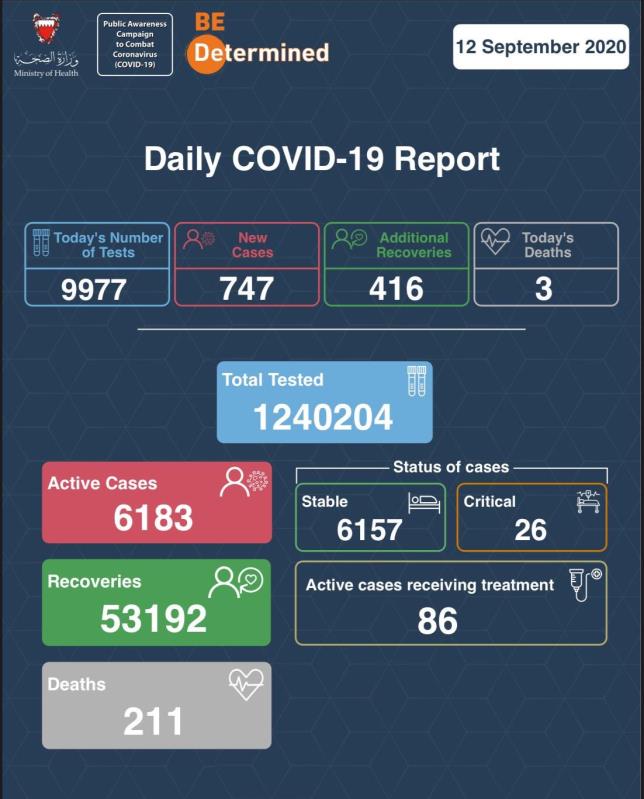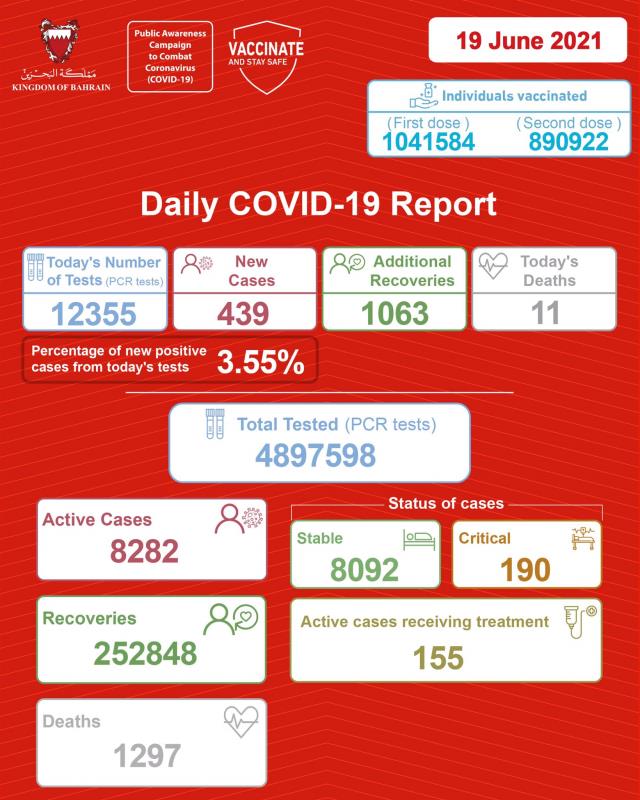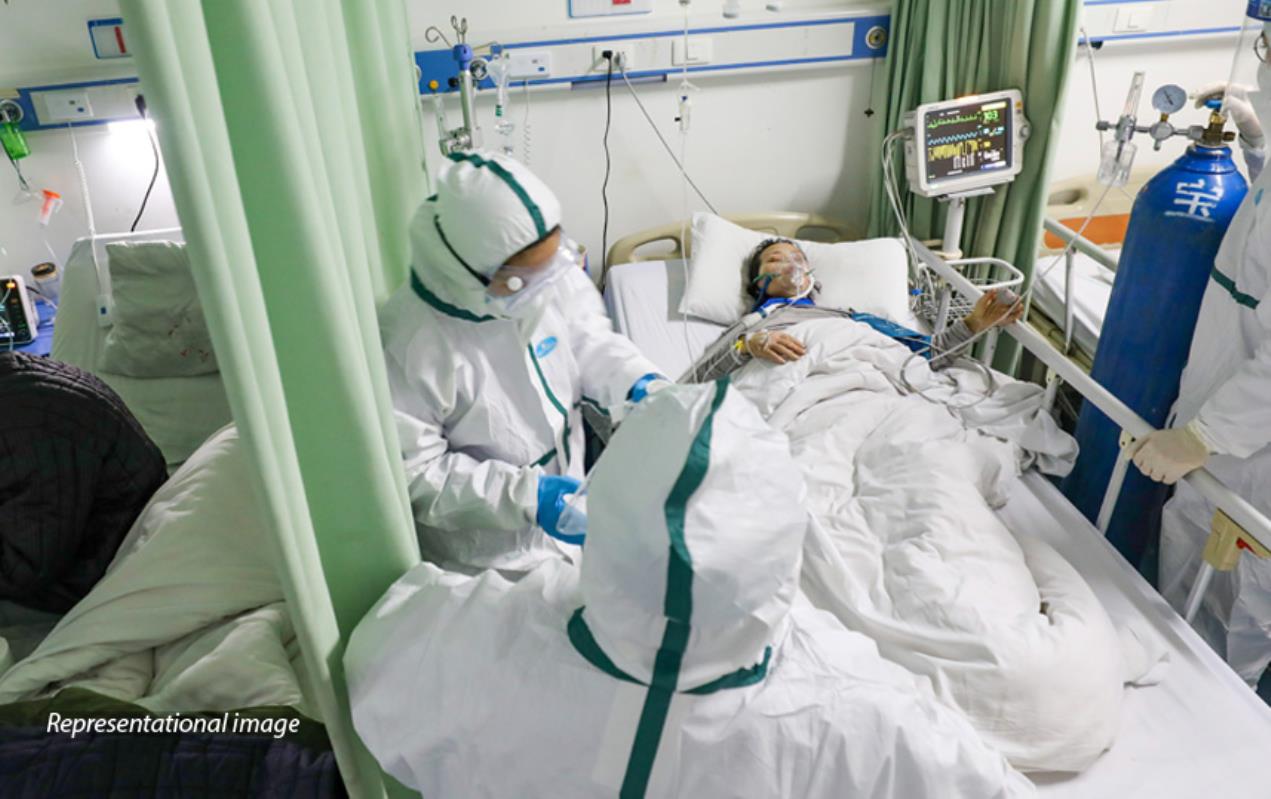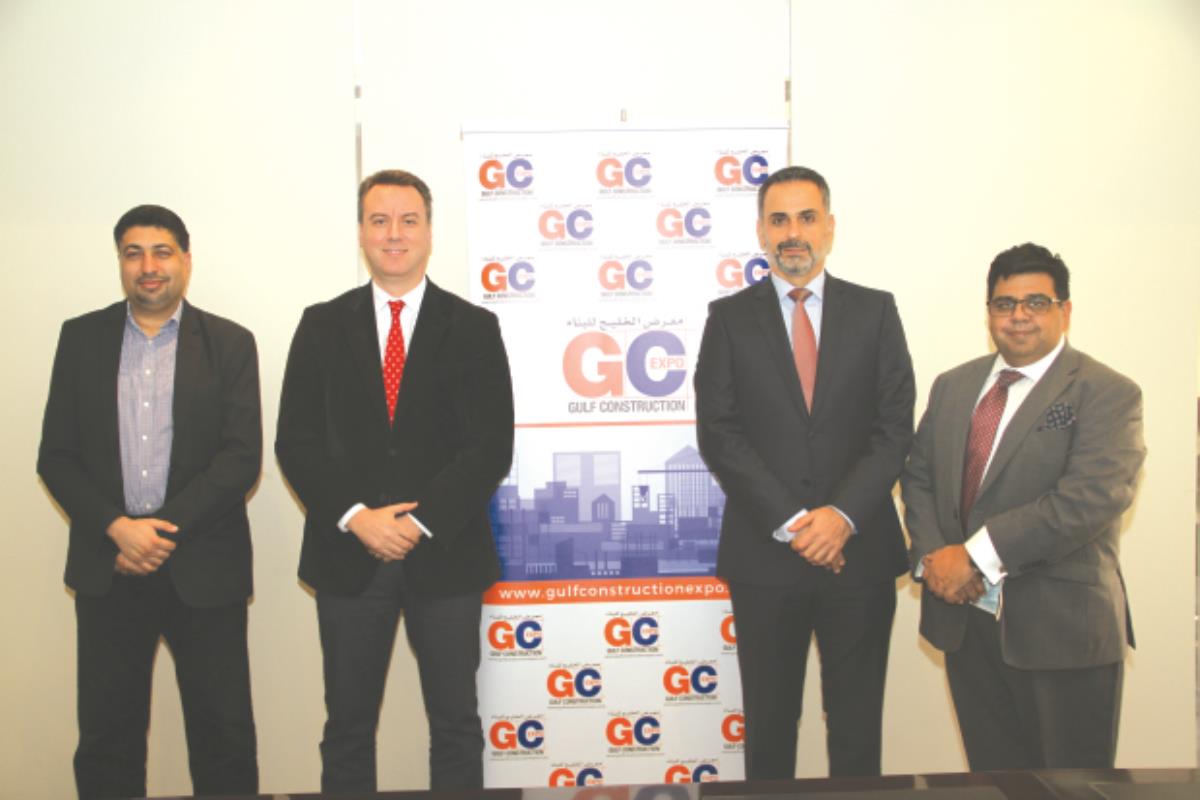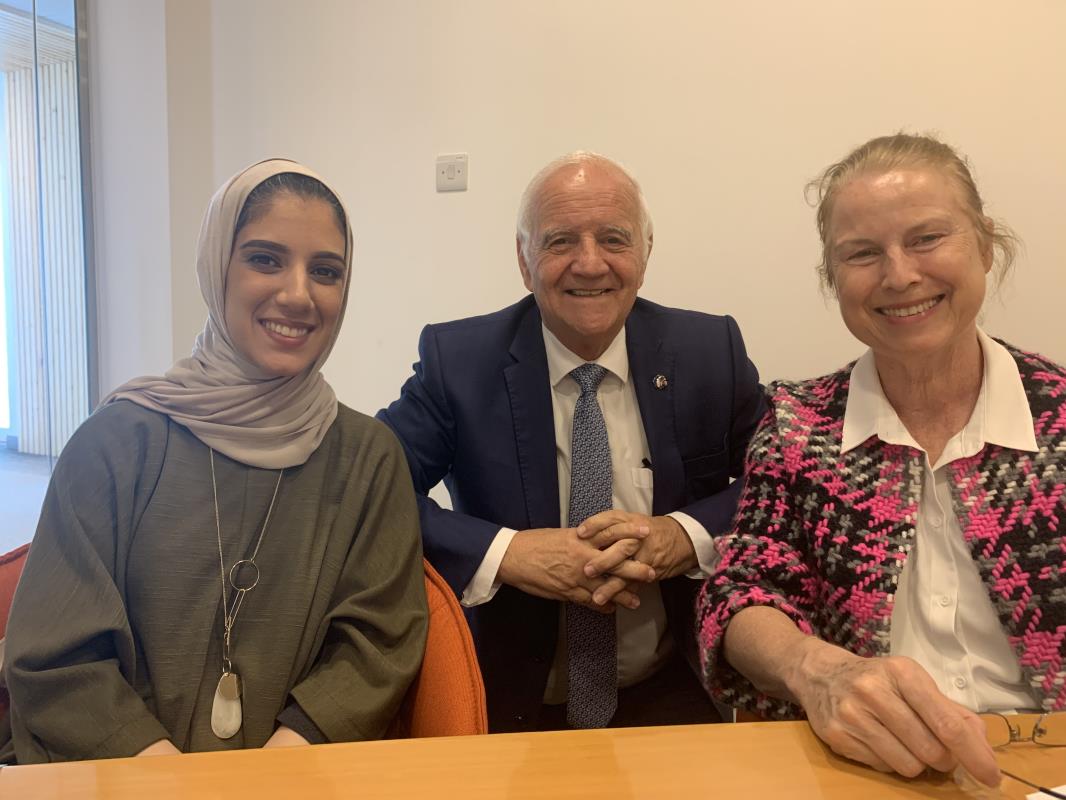
- How many hospitals and pharmacies has P&G Health collaborated with in Saudi Arabia for the Neuropathy Awareness campaign?
P&G Health has collaborated with 37 Saudi hospitals and pharmacies to raise awareness of Peripheral Neuropathy as part of our 'Put Life Back in Your Hands' campaign commemorating Neuropathy Awareness Week 2023.
- What is the main objective of P&G Health's 'Put Life Back in Your Hands' campaign during Neuropathy Awareness Week 2023?
Neuropathy and Nerve health issues continue to be underdiagnosed and undertreated in our region. P&G Health has been committed to Nerve Health since 1962. We continue to put in extensive efforts across all fronts to improve awareness and accessibility for improved treatment outcomes, and enhanced quality of life.
With Neuropathy Awareness Week campaign, our endeavour is to highlight the need for Collective Action to raise awareness on this condition, because 1) It CAN be managed and patients should be treated as early as possible, 2) Early diagnoses CAN help enable better treatment outcomes, better quality of life, and 3) Damaged peripheral nerves CAN be regenerated if nerve care damage has not progressed too far.
As part of the campaign, P&G Health is conducting various activities such as free health check-ups, seminars, and workshops in collaboration with local health organizations and hospitals to bring to life everyday challenges faced by people suffering from PN and highlight the role of early diagnoses and timely treatment. With this campaign, P&G Health is taking a proactive approach towards improving the lives of millions of people affected by neuropathy and empowering them to live life to the fullest.
- What percentage of patients with Peripheral Neuropathy (PN) remain undiagnosed and untreated globally?
Peripheral neuropathy (PN) and neuropathic pain are highly prevalent in general population with an estimated 1 in 10 people and 1 in 2 diabetics suffering from Peripheral Neuropathy.
The most prevalent cause of neuropathy worldwide is Diabetes. As the total number of diabetes patients in Asia Pacific, Middle East, and Africa is projected to reach 603 million by 2045, it is estimated that approximately 50% of these patients will develop PN during their lifetime. Peripheral Neuropathy affects 34–35% of UAE population with diabetes. Saudi Arabia ranks the second highest in the Middle East and is seventh in the world for the rate of diabetes. Painful Diabetic Peripheral Neuropathy is seen in over 65% of the patients with Diabetes in Saudi Arabia.
80% of patients remain undiagnosed & are suffering in silence even when symptoms are painful.
Sufferers of PN report impacts on their quality of life including reduced physical abilities and poor sleep. If PN is not diagnosed and treated in early stages, it usually progresses into neuropathic pain which can lead to several comorbidities which significantly impact the patient’s quality of life, social life and working life. These include depression, sleep disturbances, anxiety which also require treatment adding to the economic burden of the patient. Painful diabetic PN is significantly associated with disruptions in employment status and work productivity. Of working patients, 59% reported being less productive at work. Undiagnosed cases contributing greatly to the high rates of morbidity and mortality of diabetes. Up to 50 % of patients are asymptomatic and therefore often remain undiagnosed and are at risk of insensate injury.
The main reason that DPN is often underdiagnosed in clinical practice is the lack of awareness amongst both patients and physicians
Diagnosing Peripheral Neuropathy is an unmet need. Early diagnoses can help enable better treatment outcomes, better quality of life, and damaged nerves can be regenerated if nerve care damage has not progressed too far. Each contact with a patient is an opportunity and primary care physicians can play a key role in diagnosing neuropathy. As some patients might have difficulties in describing their symptoms properly, proactively probing for characteristics of PN such as numbness, pins and needles and tingling sensation, lancinating, stabbing or electric shock like pain can be a good starting point. Easy to perform sensory tests such as vibration perception testing, pin prick test, monofilament test etc. take no longer than a few minutes and guide the diagnosis, while laboratory tests can help refine the diagnoses
- Besides diabetes mellitus, what are the other high-risk factors leading to peripheral nerve damage?
Besides diabetes mellitus, obesity, alcohol misuse, and deficiencies in B vitamins are other high-risk factors leading to peripheral nerve damage.
- What are the key activities conducted at the participating hospitals and pharmacies as part of the collaboration with P&G Health?
We are organizing experiential screening and awareness activations, to help individuals recognize symptoms of peripheral neuropathy and seek timely appropriate treatment.
For Healthcare practitioners, we are also organizing scientific sessions such as the ‘Demystify Neuropathy’ forum which brought health experts from across the global and region to share and exchange clinical insights into how we can improve nerve health via understanding the etiology of Peripheral Neuropathy, conducting simple 5-steps of diagnosis, and providing timely management including improving B vitamins deficiencies.
P&G Health is also committed to initiate and support research in the area of nerve health and peripheral neuropathy.
- Neurotropic B vitamins are essential for nerve health and support nerve regeneration-- Vitamin B1 provides energy to the nerves, vitamin B6 helps with signal transmission in nerves, while vitamin B12 supports nerve regeneration.
- An in-vitro study initiated by P&G Health showed that when Vitamin B1, B6, and B12 were added to nerve cultures with healthy nerve cells, there was an increase in total neurite length of 124% and an increase in the total cell body area of 55%. Nerve network of cells nourished with B1, B6, and B12, also doubled. Further in-vitro experiments have proven that Vitamins B1, B6, and B12 support nerve cell recovery after nerve cell damage. These B Vitamins can play a critical role in relieving neuropathy symptoms and improving quality of life in affected patients.








































